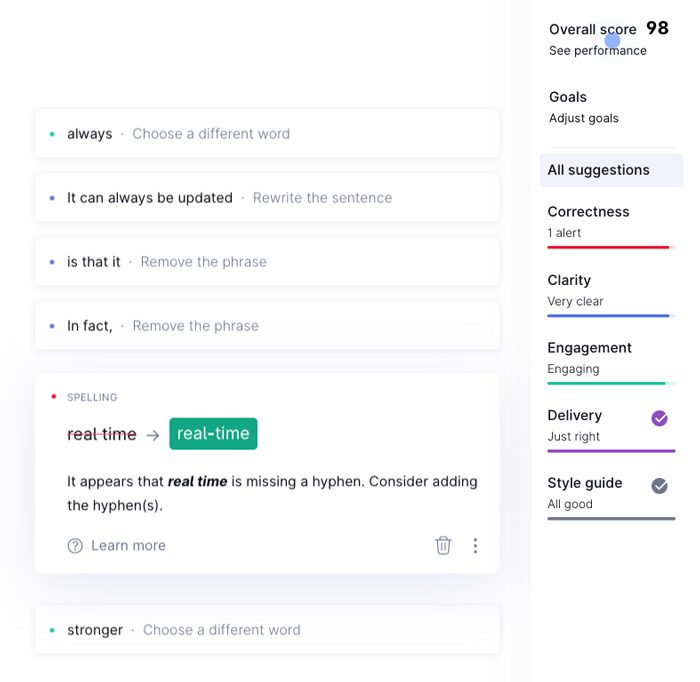Within each of us is that little perfectionist who is never quite content with the way things are written on our websites and in business documents. Do I sound convincing? Do I sound like an expert? Do I sound genuine? Am I explaining too much or too little?
If we waited for that little voice in our heads to quiet down, we would never progress to the next steps our businesses require of us—like CLIENT ACQUISITION.
Here are some insights from a website designer on overcoming perfectionism.
It can always be updated later.
The beauty of website content is it can constantly be revised or completely rewritten without setting your website back to stage 1.
In fact, I encourage all my clients to review their content twice a year: around the new year and July.
Google LOVES new content! Fresh Content = Frequent Indexing
According to SEO Site Checkup,
“A site that is updated once a day, or at least two to three times a week, is considered a frequently updated site. The “Googlebot” that crawls the web is constantly searching for web pages that are new or updated and then adds the fresh content to the Google index.”
Maybe once a day is a bit excessive, but if you can add updates such as client case studies, blog posts, or industry updates, it certainly won’t hurt your search results, and it allows you to replace old content on the homepage (that may not have been your best writing) with new.
Spellcheck & Grammarly
Go ahead and invest that $100 a year on a Grammarly subscription. This paid version will do more than spellcheck.
Set a tone of writing in the Grammarly settings, and it will grade you in real-time and make recommendations on better sentence structure and stronger replacement words.
Don’t have time for that? When I insert your text onto your new website, I always run Grammarly in the background to catch spelling errors, missing punctuation, and redundancy before it publishes.

Grammarly’s real-time evaluation as I wrote this article.
Steal from competitors
Ok, I’m not saying it’s ok to plagiarize, but go ahead and see what your competition is writing. Rewrite their text in a tone that matches your business. Use this time to distinguish your company from the others but focusing on one service or more.
Google your industry as well and see how your competitors rank. If they are ahead of you, it could be that they have more content and more keywords to push them up the list. Take note of the differences and discern if their additions make sense for your business.
Start small
I just said to add more content and now I’m saying to start small. Web readers have short attention spans and will decide approximately 3 seconds whether your site has the information they need.
Your headers need to explain how your services help the client.
I generally like to include a header followed by some lead-in text before getting to the heavy paragraphs. The lead-in text is slightly larger than the standard paragraph size and cuts to the chase.

Loyola Early Learning Center lead-in text example — loyolaearly.org

Larger lead-in text example in a magazine-style for C3 Visionary Strategies — c3visionarystrategies.com
Also, consider the size of your paragraphs. As a general rule of thumb, website paragraphs should not be longer than three sentences. Otherwise, they appear too text-heavy, and readers cannot skim for the keywords or phrases they need.
Hire a professional
When in doubt, invest a few hundred for an editor or content writer. If a new client can bring you several thousand dollars, isn’t it worth it to invest? If you are seeking assistance with creating a perfect website to represent your business, contact us at Harford Designs.







